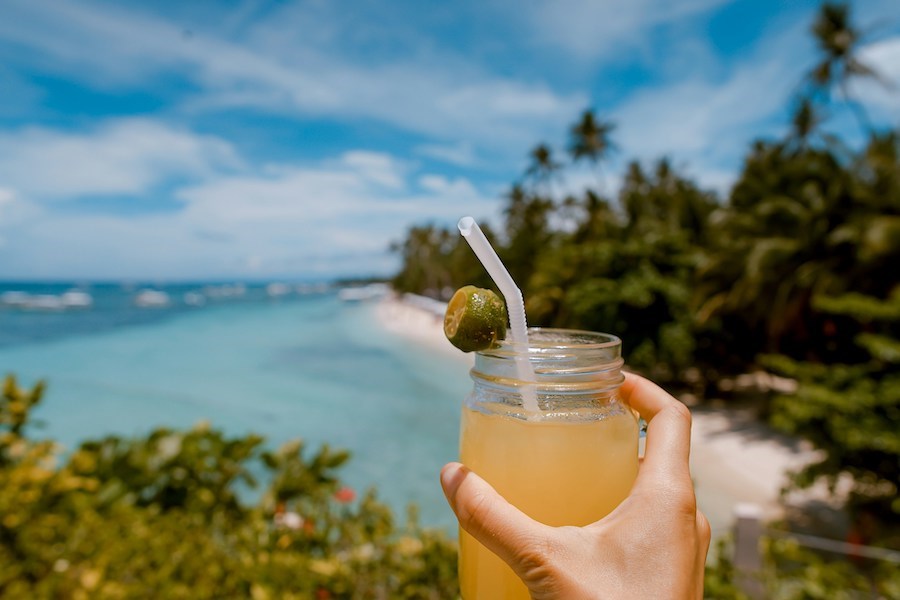It’s vacation time. FoodReady has compiled a list of tips to avoid food poisoning while traveling so you can enjoy a worry-free trip.
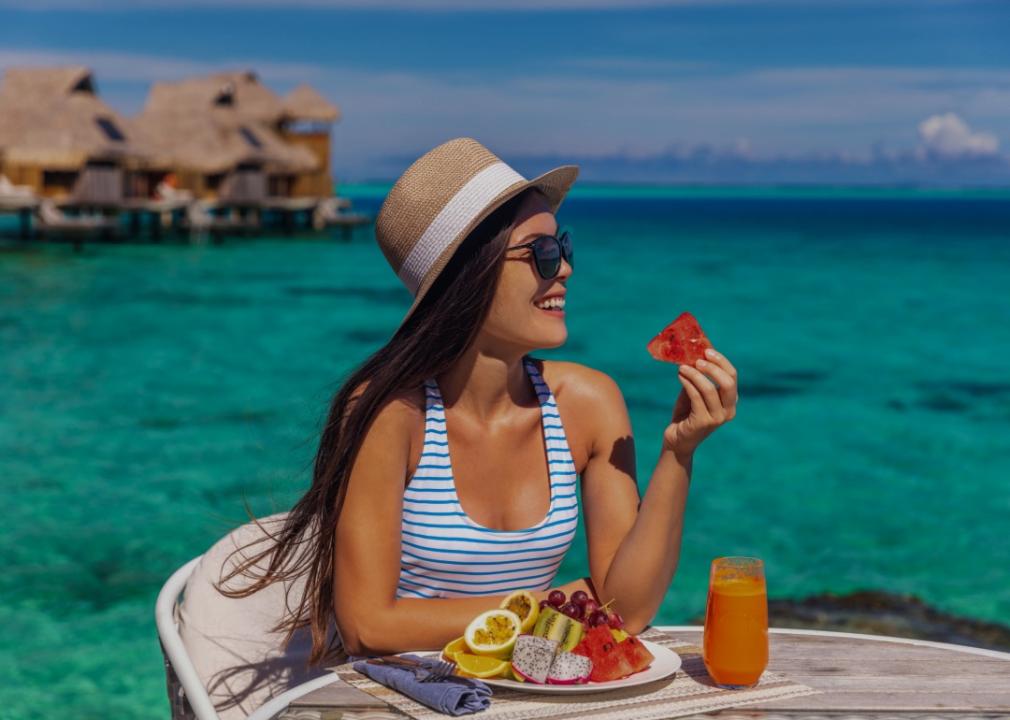
7 tips to avoid food poisoning when traveling
Why do we travel? Novelist Gustave Flaubert once said, “Travel is humbling. It makes you realize how little space you take up in the world.” Travel writer Bill Bryson once spoke of his love for the childlike wonder one feels when entering a new country. And Hans Christian Andersen, author of The Little Mermaid, simply said, “To travel is to live.”
For many, travel is an opportunity to escape the daily grind, immerse yourself in an exciting new world, try new things, make new friends and create indelible memories. The culinary experience in particular is one of the many joys of travel. From fine dining to street food, every traveler knows the irresistible charm of authentic local cuisine.
But there’s a downside to having an adventurous palate: one wrong bite can lead to food poisoning, leaving you sick and on the toilet all day. Rather than avoiding local cuisine altogether and risking missing out on experiences that can enrich your trip, it’s important to proceed with caution and common sense.
To help you make the right choices when eating out on vacation, FoodReady has consulted health guidelines from various sources and compiled a list of tips to avoid food poisoning while traveling.
![]()
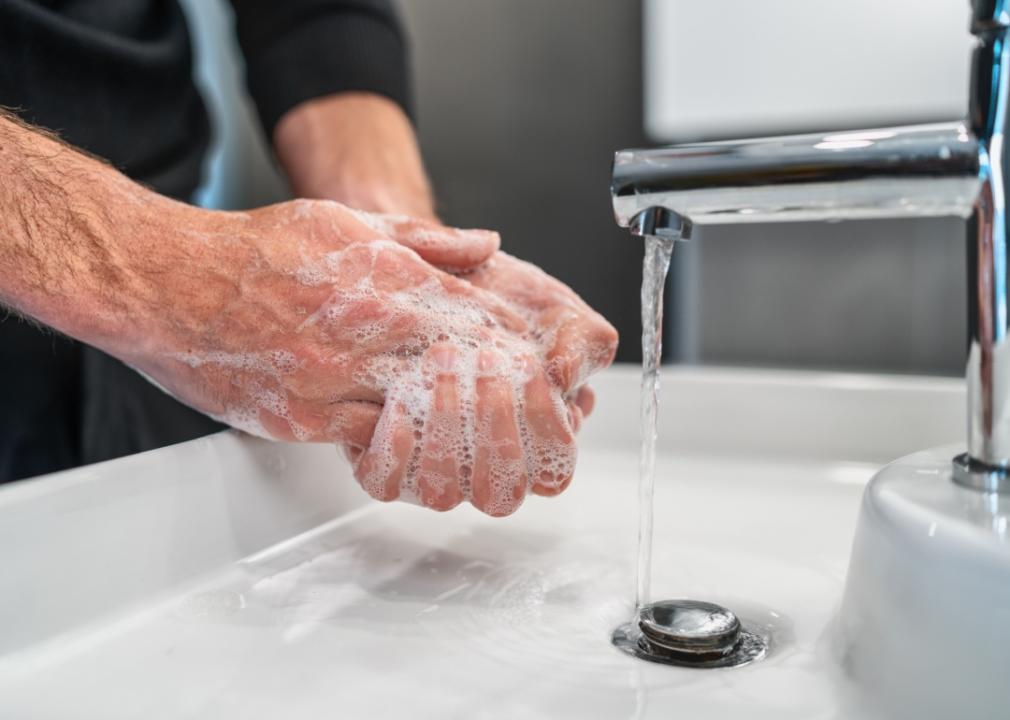
Wash hands with soap and water
Washing your hands is one of the easiest ways to avoid getting sick while traveling. You should always wash your hands with soap and water before eating. Follow the Centers for Disease Control and Prevention’s recommended guidelines by washing your hands for about a minute with enough soap to cover all surfaces. Try humming “Happy Birthday” twice to get the timing right. If neither soap nor water is available, use a hand sanitizer with at least 60% alcohol.
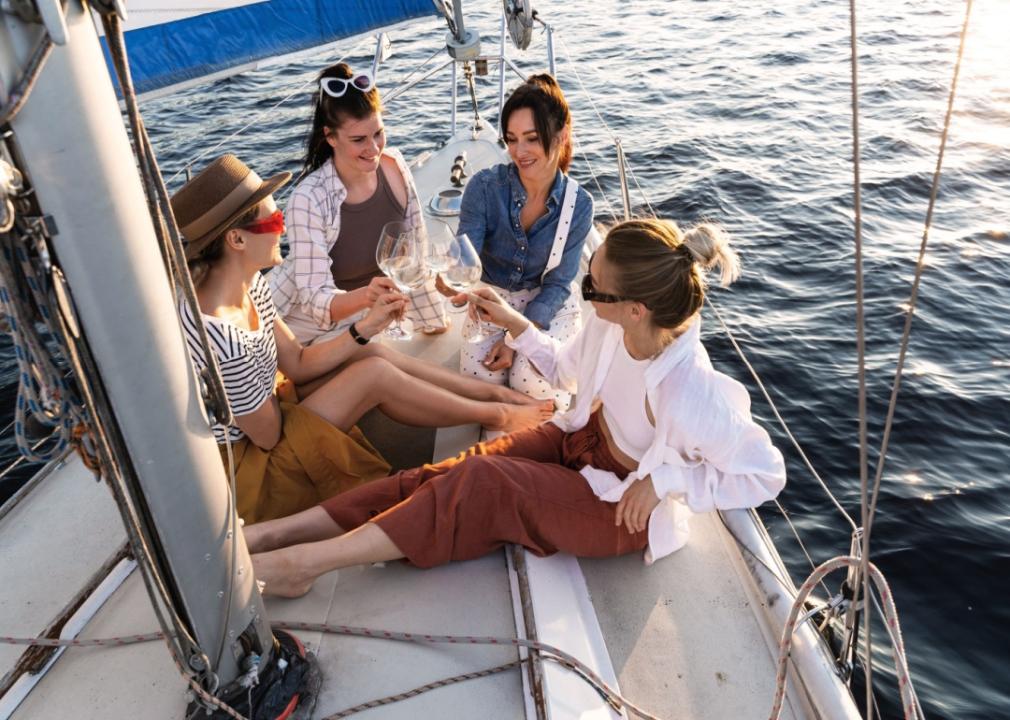
Avoid ice in places with unsafe water
Different countries have different standards for tap water. Many travelers know to avoid tap water if it’s not safe to drink, but when it comes to ice, this rule of thumb can be overlooked. If you’re not sure where the ice comes from, avoid iced drinks, which likely contain ice cubes made from tap water. Tap water can sometimes be contaminated with harmful substances that can make you sick. If you’re craving an iced drink, put bottled water in the fridge instead, or fill an ice tray with sanitized or filtered water.
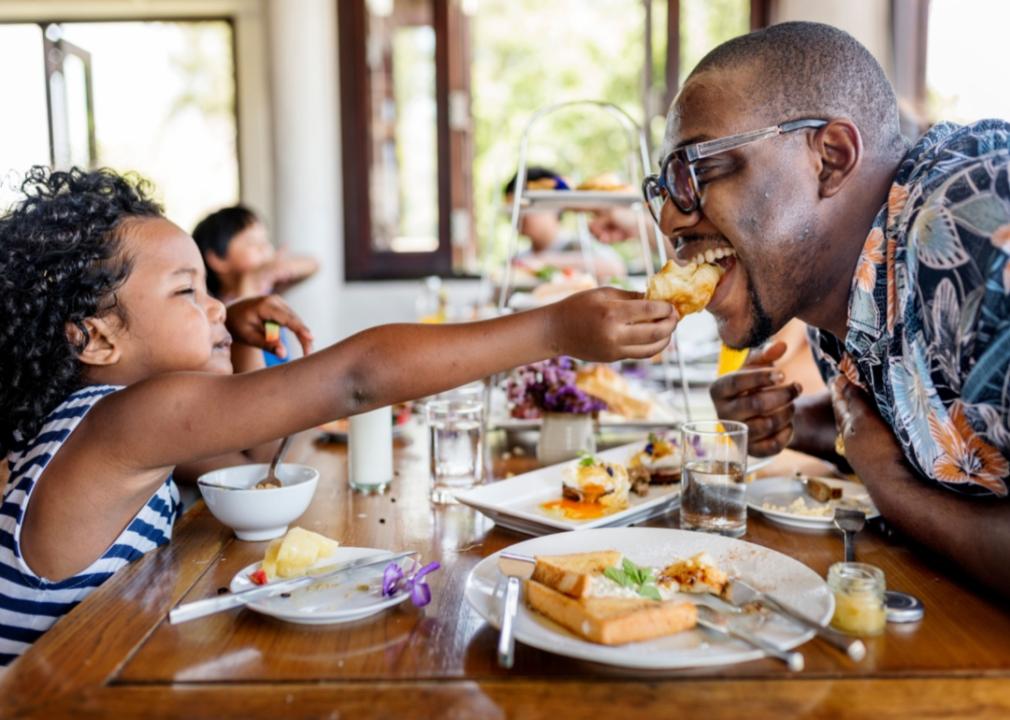
Limit the consumption of raw foods
Want to try a piece of sashimi or raw milk cheese on your trip? You better think twice. Raw food, whether uncooked or unpasteurized, is always risky. Cooking food at high temperatures can kill germs, while raw or undercooked food can be exposed to pathogens like salmonella or E. coli. Even finely grated lettuce or pre-cut fruit can become contaminated during preparation. The best solution is to peel fruits and vegetables or avoid raw food altogether.
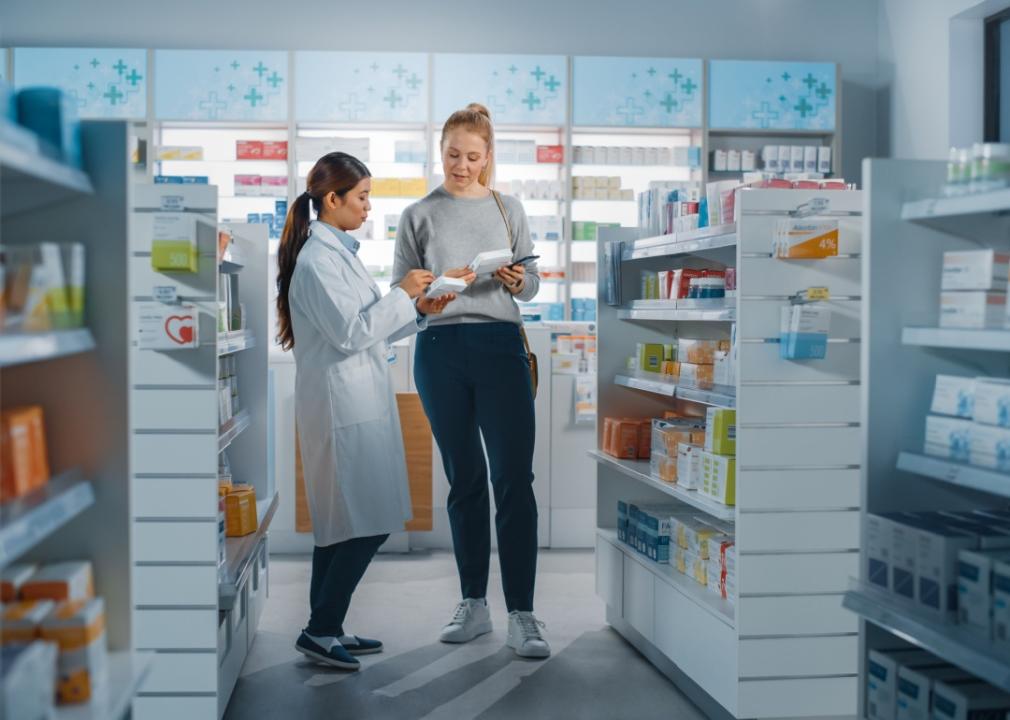
Pack some loperamide
Nothing can ruin a vacation more than an upset stomach. Traveler’s diarrhea is one of the most common travel-related illnesses. Fortunately, there is relief in the form of loperamide, a diarrhea medication that slows bowel movement. It can relieve symptoms and reduce the frequency of trips to the bathroom. Take it with you or remember the name in case you or a traveling companion need to request a prescription from a doctor at your destination.
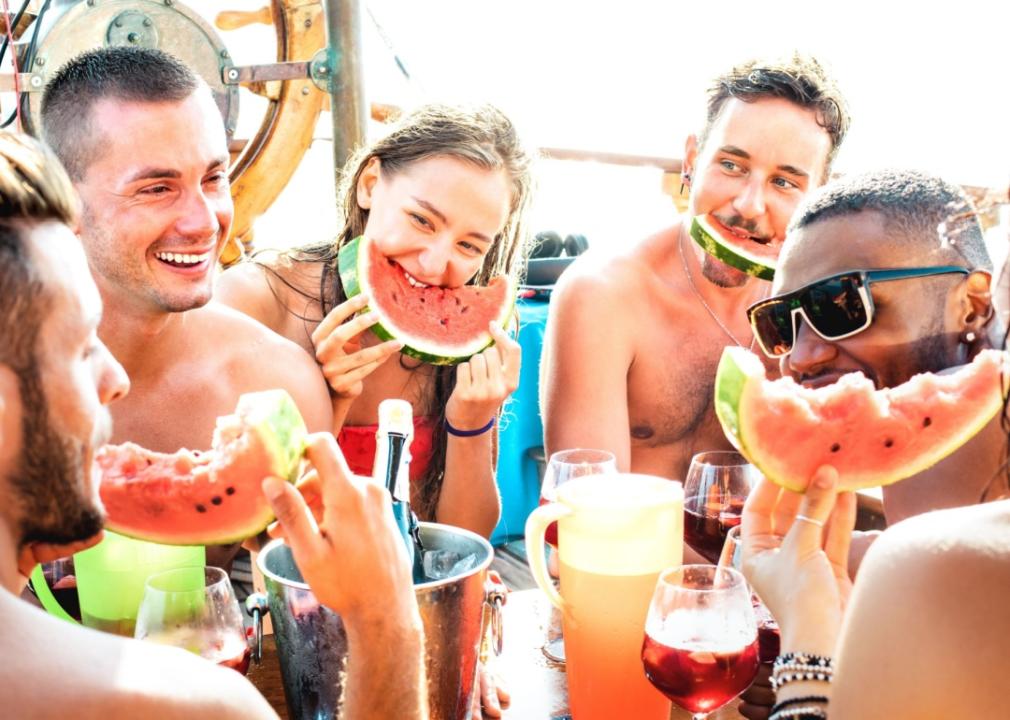
Follow the 2-hour rule
Want to enjoy a picnic or buffet on your trip? It sounds dreamy, but if food sits out too long, it can spoil. The best way to avoid food poisoning while traveling is to follow the two-hour rule. If food sits out for more than two hours, the guidelines state that it is no longer edible. This is especially true for perishable foods like meat, dairy, cut fruit, and seafood. If the outside temperature is above 90 F (about 32 C), food must be thrown out within an hour.

Be careful with dairy products
While milk, yogurt, and cheesecake may be delicious, they contain more live bacteria than most perishable foods and can make you sick. Check the expiration date before consuming dairy products and opt for the pasteurized variety in sealed packages. Dairy products like milk are pasteurized by heating them to high temperatures to kill harmful bacteria. Ice cream can also be a one-way ticket to an upset stomach if it’s contaminated or refrozen, so check the packaging before taking a chilly bite!
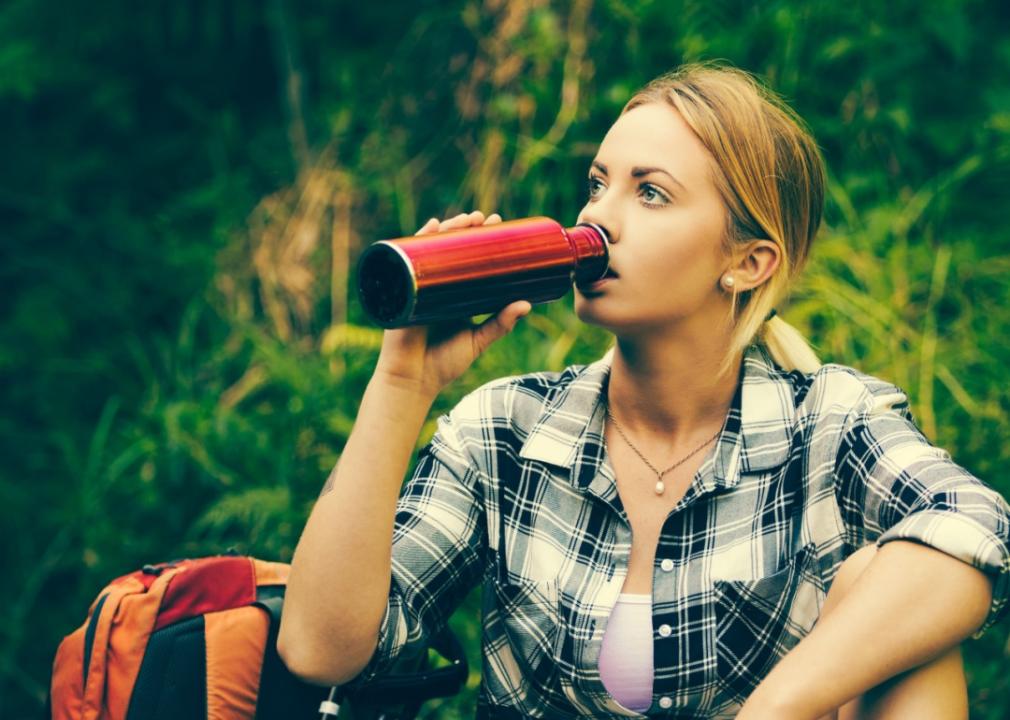
Disinfect your water
Finally, stay hydrated, but make sure the water you drink is clean. There are several ways to treat water while on vacation. Disinfect tap water by boiling, filtering, or chemically treating it. Boiling is the best method because it can kill viruses, bacteria, and parasites, whereas most portable water filters can only filter out parasites. Bring the water to a boil for at least a minute. If boiling is not an option, opt for bottled water from a reliable source.
By following a few basic rules, you can enjoy the sights and delights of the world on your travels – not the tiles in your hotel bathroom.
Story editing by Zeynep Güler-Tuck. Proofreading by Tim Bruns. Photo selection by Ania Antecka.
This story originally appeared on FoodReady and was produced and distributed in partnership with Stacker Studio.

